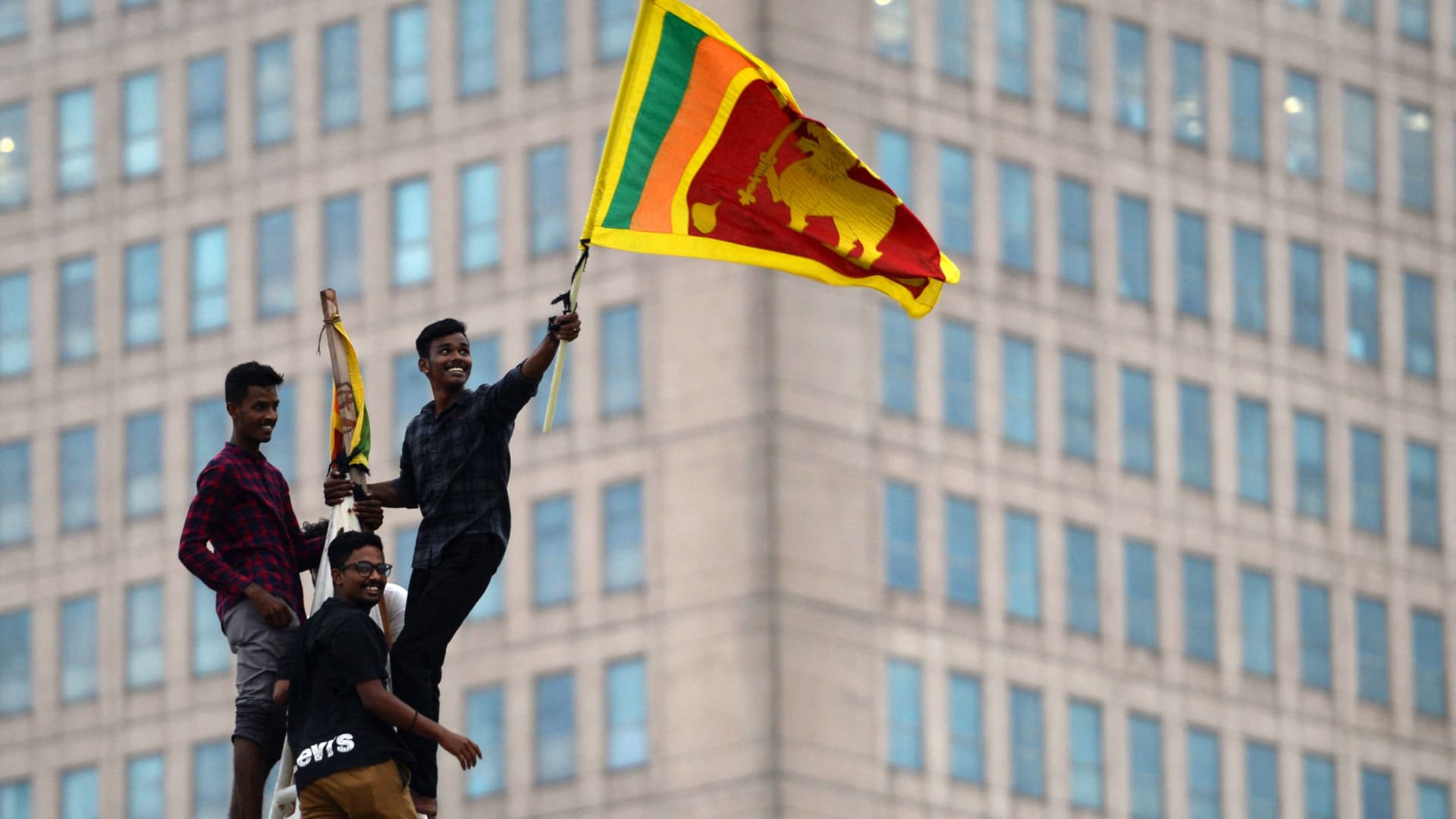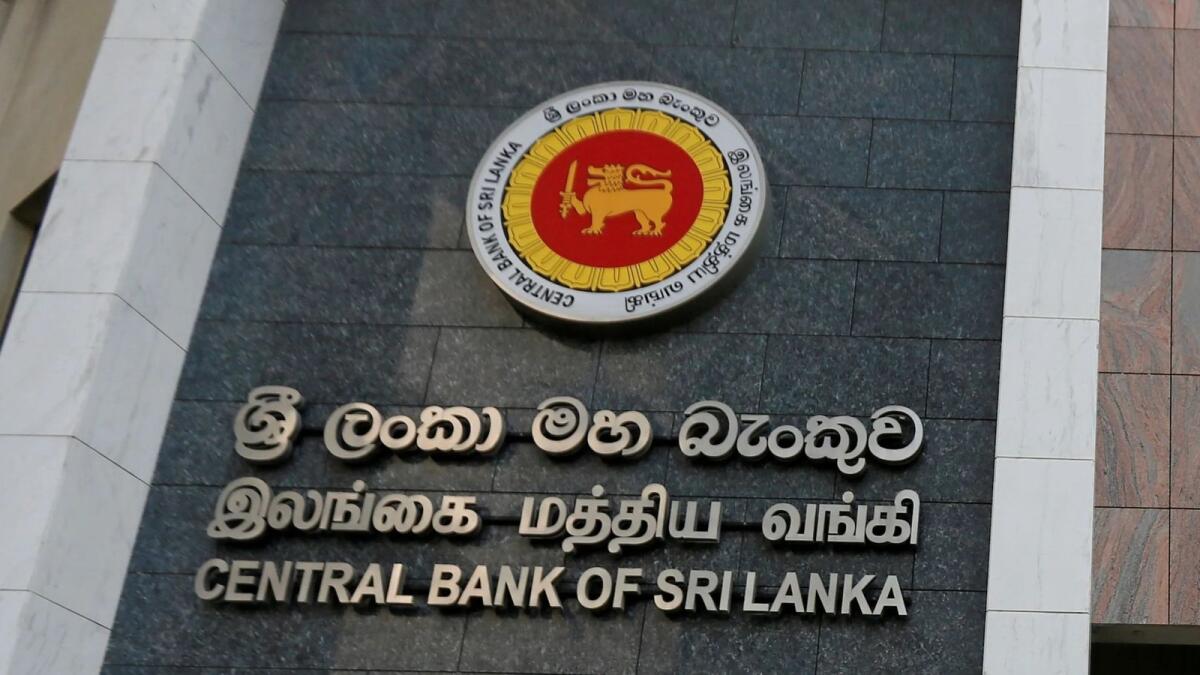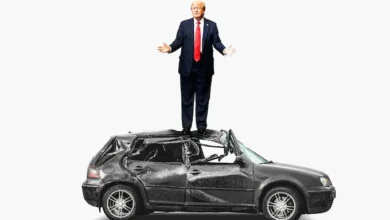Sri Lanka Keeps The Rates Unchanged After Securing The IMF Deal As An Effort To Curb Inflation And Save The Lankan Economy From The Worst Ever Financial Crisis.
The 22 million-strong island nation Sri Lanka is experiencing its worst economic downturn in more than seven decades, which has resulted in shortages of basic goods and the removal of a president.

After receiving a $3 billion IMF bailout, Sri Lanka maintained its benchmark rate at a two-decade high to stimulate economic growth while containing Asia’s highest inflation. The standing lending facility rate is kept by the Central Bank of Sri Lanka at 16.5%, according to a statement posted on its website recently.
Why did the Central Bank of Sri Lanka decide to keep this rate in place?
According to the central bank, maintaining the current restrictive monetary policy stance is important to keep financial conditions tight enough to support the ongoing disinflation process. It predicts that price increases would slow down more quickly starting this month and that headline inflation will reach single-digit levels by the end of 2023 before stabilising over the medium term at the intended levels.
According to estimates, the island’s economy contracted 9.2% last year as it battled the greatest financial crisis to hit the nation in more than seven decades, which was brought on by a chronic lack of foreign exchange reserves. The central bank stated that there is enough room for a further downward adjustment of market interest rates given the better market mood and the dissipation of excessive risk premia. The board has stated that it is still prepared to take necessary action and ensure that the interest rate structure returns to normal as soon as the economy’s pricing pressures are adequately under control in the next time.
Why does Sri Lanka require a programme funded by the IMF?
Sri Lanka has been running large budget deficits for several years and had taken out short-term international loans to cover these deficits. This exposed the nation to an abrupt reduction in this borrowing. As the global financial crisis struck, foreign lending abruptly came to an end, and the central bank stepped in to protect the exchange rate from falling. As a result, Sri Lanka’s international currency reserves, which are still at very low levels, came under pressure.
What role does the IMF loan do in helping the Lankan economy to cope with the financial crisis?
The IMF programme is essential for maintaining the market trust and controlling risk premiums. Without it, secondary market rates may start to increase across the nation. In addition to establishing a reform framework that would help the island nation emerge from its worst economic crisis in decades, the IMF loan is anticipated to make additional funds available. Improved investor mood has given the local currency a boost and is anticipated to push market rates down and closer to the policy rate, while more tourism and improved worker remittances aid reduce the balance of payments pressures.
As part of attempts to finalise a four-year IMF plan to aid the island in escaping its worst financial crisis in more than seven decades, the Central Bank of Sri Lanka last increased rates by 100 basis points in early March, marking its first hike in seven months. The central bank’s rate decision, which followed a persistent March inflation reading of 50.3%, was basically in line with forecasts. According to analysts surveyed by specific agencies, any rate easing will most likely take place in September or October, generally in line with the expectations of the central bank.

Sri Lanka anticipates completing a domestic debt restructuring by May.
Investors are eagerly monitoring the debt restructuring‘s advancement as the money begins to trickle in. Dollar investors want local debt holders to share losses as the South Asian country restructures $84 billion in debt to recover from its worst economic downturn in decades.
Separately, the financially precarious South Asian country has declared that after its domestic debt operation, it will formally begin negotiations to reshape the debt it owes to bilateral creditors and foreign bondholders, to conclude these parallel debt negotiations by September, in time for the first IMF review. Sri Lanka is making plans to finish restructuring a portion of its domestic debt by the fifth month of this year. Even with the IMF programme, the central bank will probably hold off on lowering rates until after debt restructuring has started and inflation has decreased.
Rate cuts would also encourage imports and increase strain on Sri Lanka’s limited reserves, which stood at $2.1 billion at the end of January.
There are some other efforts taken in parallel to strengthen the economy.
While it relies on IMF assistance, Sri Lanka will closely monitor public spending, giving priority to necessities like salary, pension, and welfare payments. In February, Sri Lanka increased electricity tariffs by 66%, the second change in six months, as part of the cost-reflective pricing strategy required to obtain the IMF programme.

To obtain much-needed financial assistance, the nation anticipates that “exploring possibilities for a domestic debt operation,” including both local currency T-Bills and T-Bonds, will be helpful.
Only T-Bills owned by the central bank, according to government officials, would be subject to a debt restructuring; holders of T-Bonds would instead be subject to a voluntary domestic debt restructuring. According to the briefing, Sri Lanka’s entire local currency debt amounts to $36.6 billion.
The Indian buddy lends a helpful hand.
Almost $12 billion of the country’s debt is owed to foreign bondholders, whereas just $7.1 billion is owed to bilateral creditors including the Paris Club, China, and India. The government planned to connect with all the T-bills and T-bonds holders. After getting backing from India and Paris Club members early this year, the government is awaiting finance guarantees from China, its largest bilateral lender.
Around $1 billion in debt owed by Sri Lanka to India will be covered by the debt restructuring agreement. From the beginning of the year, New Delhi has quickly donated another $4 billion to the island nation.
According to estimations by the China Africa Research Institute, Sri Lanka owed Chinese lenders $7.4 billion by the end of last year, or over a fifth of its total public external debt.
Conclusion.
The 22 million-strong island nation is experiencing its worst economic downturn in more than seven decades, which has resulted in shortages of basic goods and the removal of a president. Instead of funding budget expenditures, the IMF’s funds would be transferred straight into central bank reserves. The initiative attempts to replenish foreign reserves while maintaining exchange rate flexibility. This would operate as a little amount of a shock absorber for the actual economy, lowering the extent of the impact of the adjustment that would otherwise be required. Also, it would allow for a more gradual transition and aid in preventing a balance of payments crisis. It will maintain trust and enable the nation to sustain faster development over time.





